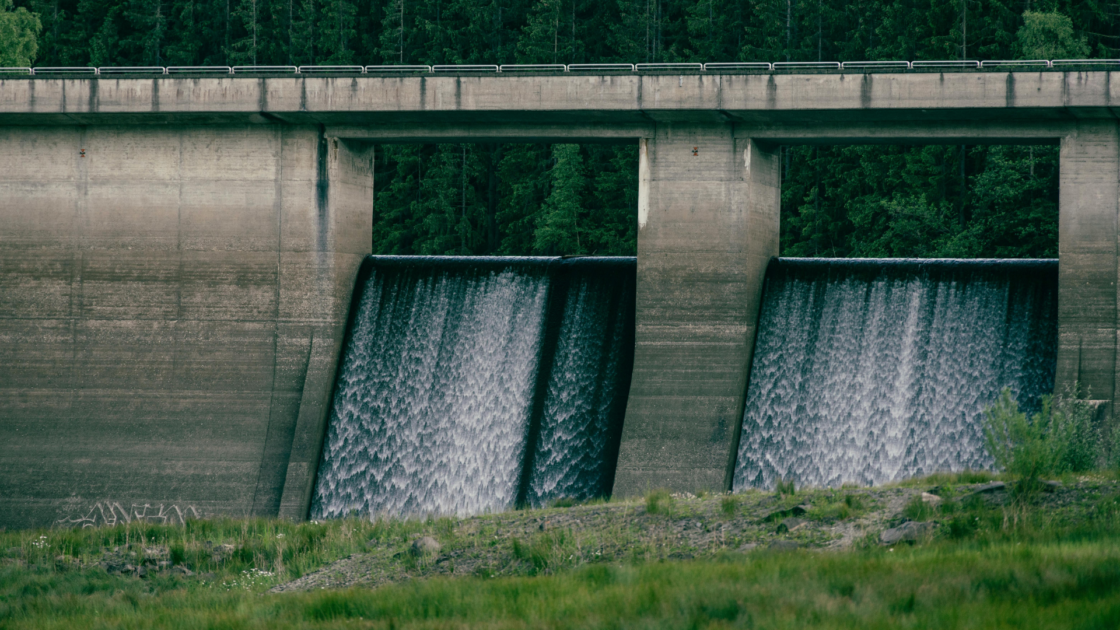How Himachal Pradesh reduced its electricity procurement cost?

Himachal Pradesh has long been recognized for its abundant natural resources, particularly its potential for hydroelectric power generation. Despite this, the state faced challenges related to high electricity procurement costs. However, in recent years, Himachal Pradesh has reduced its electricity procurement cost from over Rs 9 per unit to approximately Rs 5.25 per unit. This significant reduction is a result of strategic decisions, policy reforms, and effective resource management. Here’s an in-depth look at how the state achieved this remarkable feat.
Leveraging Hydropower
One of the most critical factors contributing to the reduction in electricity procurement costs in Himachal Pradesh is the strategic utilization of its hydropower resources. The state is endowed with an estimated hydropower potential of about 27,436 MW, out of which approximately 10,500 MW has been harnessed so far. Hydropower is not only a renewable and sustainable source of energy but also one of the most cost-effective forms of electricity generation.
By prioritizing the development of new hydropower projects and optimizing the operations of existing ones, Himachal Pradesh has been able to secure a steady and affordable supply of electricity. According to the Himachal Pradesh State Electricity Board (HPSEB), the average cost of electricity generated from hydropower in the state is significantly lower than that of thermal or other non-renewable sources, often ranging between Rs 2.50 to Rs 3.50 per unit. This has allowed the state to reduce its dependency on expensive power purchases from external sources, which previously drove up procurement costs.
Power Purchase Agreements
Another critical aspect of reducing electricity procurement costs has been the strategic renegotiation of Power Purchase Agreements (PPAs) with independent power producers (IPPs). PPAs are long-term contracts between electricity generators and distributors that fix the price and supply terms over a specific period. In the past, many of these agreements were signed at high rates, reflecting the market conditions and inflationary pressures at the time.
However, with the declining cost of renewable energy technologies and increased competition among power producers, Himachal Pradesh took the initiative to renegotiate several of these contracts. By leveraging its position as a significant player in the power sector, the state government successfully restructured agreements to secure lower tariffs, aligning them with current market rates. According to state government reports, these renegotiations have contributed significantly to reducing the average cost of electricity procurement.
Integrating Renewable Energy
Beyond hydropower, Himachal Pradesh has also made strides in integrating other forms of renewable energy into its energy mix, particularly solar and wind power. The cost of solar energy has seen a dramatic decline over the past decade, driven by advancements in technology, economies of scale, and favourable government policies. Solar power tariffs in India have fallen to as low as Rs 2.44 per unit in recent years, according to the Ministry of New and Renewable Energy (MNRE).
Recognizing this opportunity, the Himachal Pradesh government has actively promoted the installation of solar power plants and the adoption of decentralized renewable energy systems, particularly in rural and remote areas. By diversifying its energy portfolio, the state has reduced its reliance on costly external power purchases and further lowered the overall cost of electricity procurement.
Efficient Grid Management and Loss Reduction
Efficient grid management and the reduction of transmission and distribution (T&D) losses have also played a crucial role in lowering electricity costs in Himachal Pradesh. T&D losses occur when electricity is lost as it travels through the grid from power plants to end consumers. In many parts of India, these losses can be substantial, leading to increased costs for both utilities and consumers.
Himachal Pradesh has implemented several measures to modernize its grid infrastructure, including the deployment of smart grid technologies, upgrading transmission lines, and improving distribution networks. These efforts have significantly reduced T&D losses, which were previously as high as 20% in some areas, according to the Central Electricity Authority (CEA). By bringing these losses down to around 12-15%, the state has been able to lower the effective cost of electricity procurement.
Policy Reforms and Financial Management
Policy reforms at both the state and central levels have also been instrumental in bringing down electricity procurement costs. The Himachal Pradesh government has implemented a series of measures aimed at improving the financial health of state-run utilities and encouraging investments in the energy sector. For instance, the state has benefited from the central government’s Ujwal DISCOM Assurance Yojana (UDAY), a financial turnaround scheme for electricity distribution companies (DISCOMs) that aims to improve their operational efficiency and reduce debt.
Under UDAY, Himachal Pradesh has been able to restructure its outstanding debts and reduce interest costs, which has had a positive impact on overall electricity procurement costs. Additionally, the state government has introduced policies that incentivize the adoption of renewable energy and energy efficiency measures, further contributing to cost reductions.
Looking ahead, the challenge for Himachal Pradesh will be to sustain these gains while continuing to meet the growing energy demands of its population and industries. Continued investment in renewable energy, grid modernization, and policy innovation will be key to maintaining affordable electricity prices and ensuring a stable and sustainable energy future for the state.
– Shivani Singh
